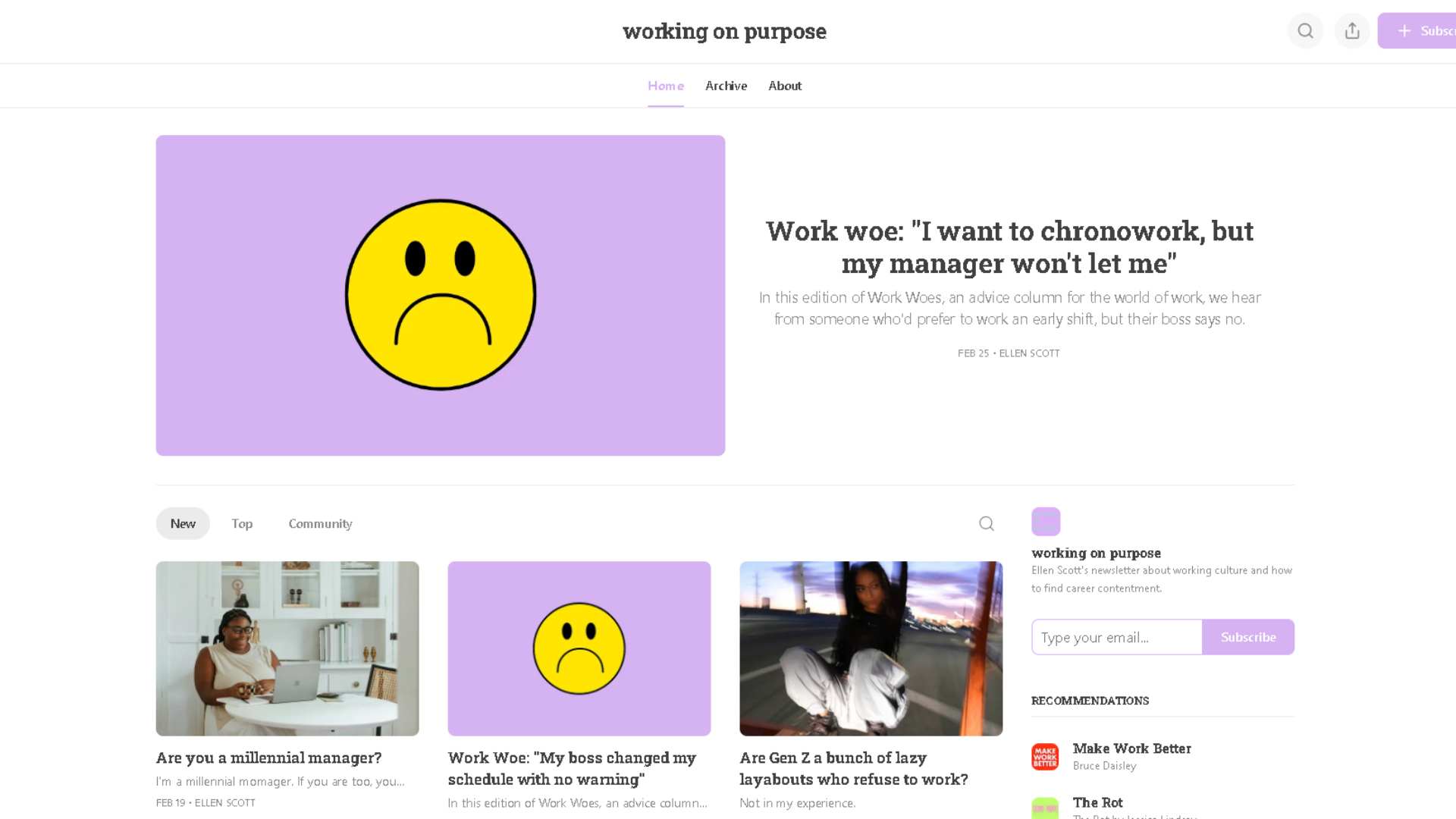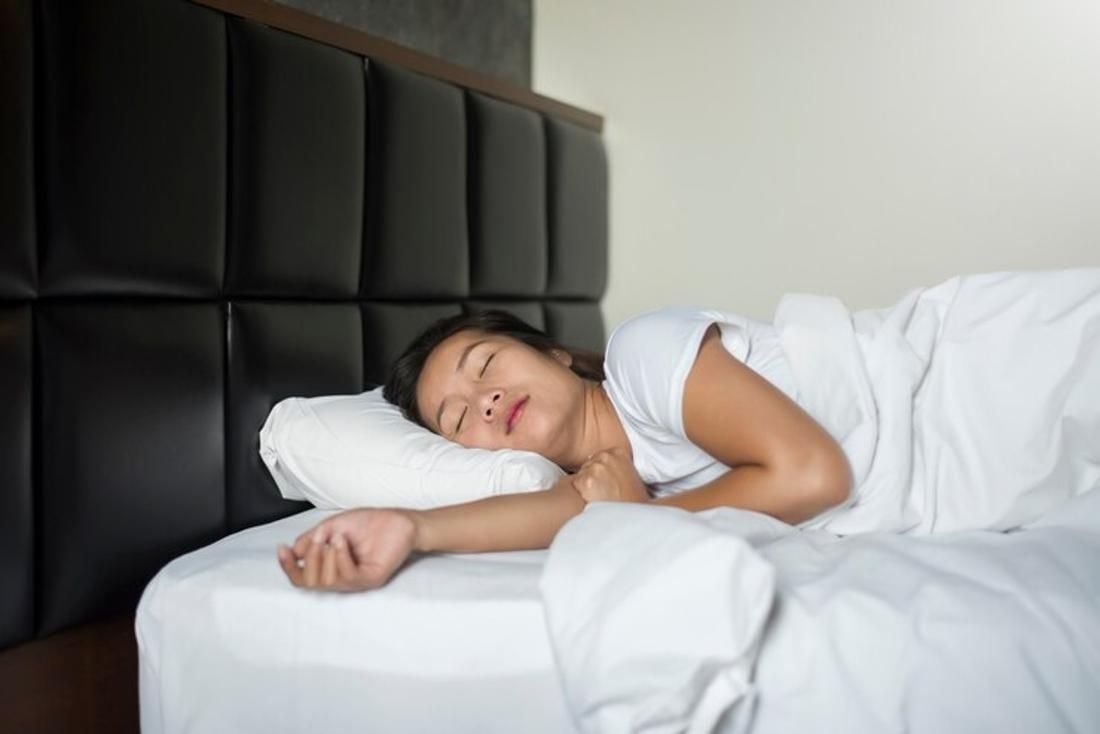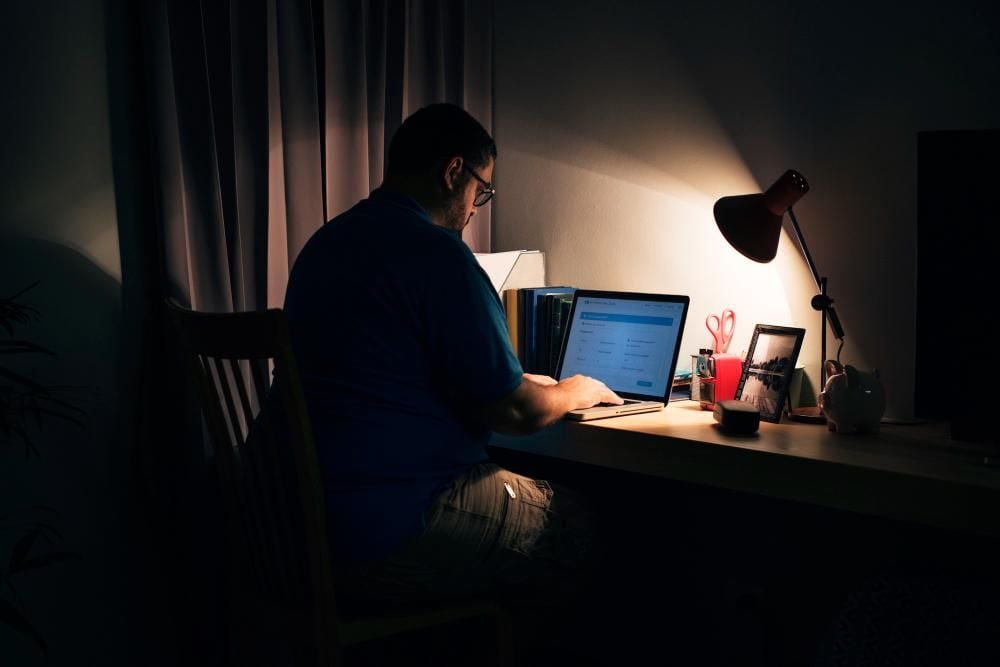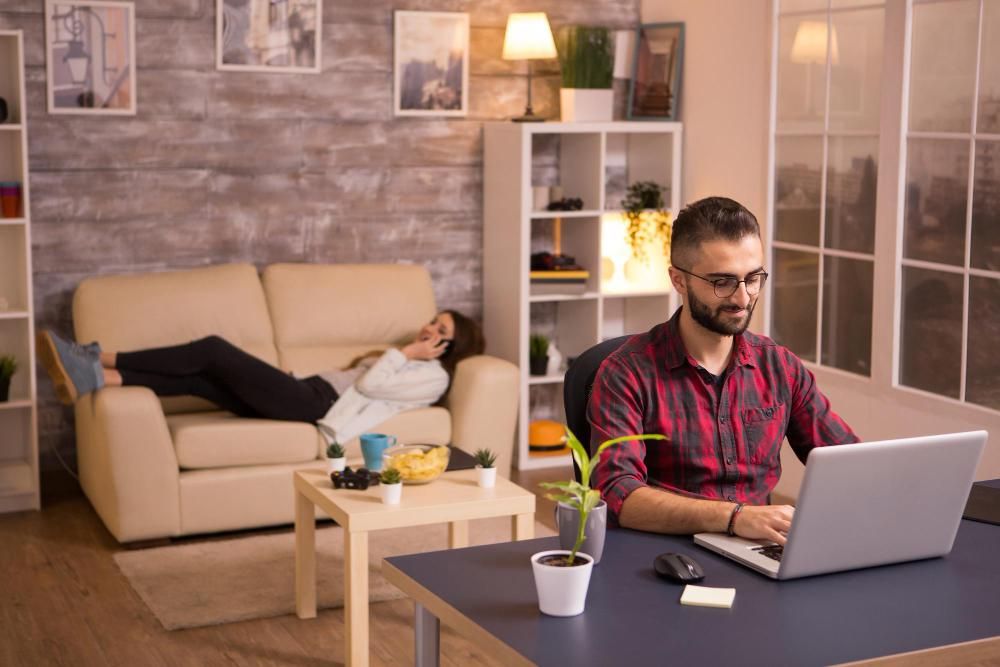A new trend in the modern workforce is emerging that adherents are calling “chronoworking.”
Supporters of chronoworking believe that by aligning work hours with a person’s natural circadian rhythm, called a chronotype, they can achieve higher levels of productivity and mental acuity than they ever thought possible. More people are ditching traditional work hours and fine-tuning their work day to push their performance over the top.
Break the Shackles of the 9-5

One of the benefits of the struggle the world went through during the COVID-19 pandemic is that people figured out that remote work and nontraditional working schedules could actually be viable.
New-age companies saw an opportunity to innovate their workforce by experimenting with employee hours, per Forbes. These companies figured there might be some overlap in increased productivity goals and allowing employees to work when they want.
Enter Ellen C. Scott

The term chronoworking was coined by Ellen C. Scott in her “Working on Purpose” newsletter.
Scott devotes the newsletter to extolling the virtues of chrono work, including regularly publishing an advice column called Work Woe. Scott responds personally to people asking about chronoworking, helping them navigate its challenges and overcoming obstacles like negative bosses.
2024 Will Be the Year of Change

In one portion of the newsletter, Scott mentions that 2024 will be the year that employers around the world begin to take chronoworking seriously.
Companies will “be looking more deeply into how our body clocks and natural dips and rises in energy should define our working day,” she said.
Matching Work Hours with Personal Chronotypes

Essentially, a focus on chronoworking would allow employees to choose schedules that align with their individual “chronotypes” or the hours they naturally go to sleep.
Simply put, a person would pick their work hours based on their natural circadian rhythm.
The Four Main Chronotypes

According to Michael Breus, an American clinical psychologist and sleep doctor, there are four major chronotypes.
According to a survey carried out by Breus, over 55% of people reach peak productivity between 10 a.m. and 2 p.m., 15% work better late at night, a separate 15% prefer early mornings, and 10% have a varying chronotype.
Working Outside of Peak Productivity Hours

Due to the traditional 9-5 work hours, many Amercians find themselves working a set schedule that seldom aligns with whats best for them.
One study carried out at the beginning of 2024 found that 94% of people claim they worked outside of their most productive hours.
Chronoworking Becoming Mainstream

While it has certainly seen an increase in popularity since the pandemic, chronoworking isn’t a new idea.
According to Drik Buyens, a professor of HR management at Vlerick Business School in Brussels, working from home during COVID allowed chronoworking to become more mainstream.
Finding Out When You’re Most Productive

Buyens continues by explaining that due to all the extra time people had at home during the pandemic, they began to find out when they were most productive.
“No longer do we all spend an hour or so on a commute between the set times of around seven to nine in the morning, and we can truly understand when we are most productive and how to get the most out of our job,” he said (via the BBC).
Flexa Leading the Way

Flexa, a London-based job platform, has 17 employees working for them, and according to CEO Molly Johnson-Jones, they all practice chronoworking.
Speaking with BBC Worklife, Molly said some employees begin their work day in the early morning hours, whereas others start in the afternoon and work until late in the evening.
Finding the Right Fit

“It’s nonsensical that we all need to be working together all at one time. You get far more out of people if you operate around different chronotypes,” said Molly.
“The approach has the added benefit of normalizing flexible hours for parents or those with other responsibilities that make it tricky to stick to 9-to-5 restrictions, ” she adds. “It levels the playing field.”
Benefits Outweigh the Negatives

According to Johnson-Jones, the benefits of allowing employees to align their work hours with their chronotype greatly outweigh the negative effects.
“Some people are morning people, some prefer the evening, and some are bang in the middle. We’re all different, and so we can’t be expected to thrive in the same environment,” she said.
